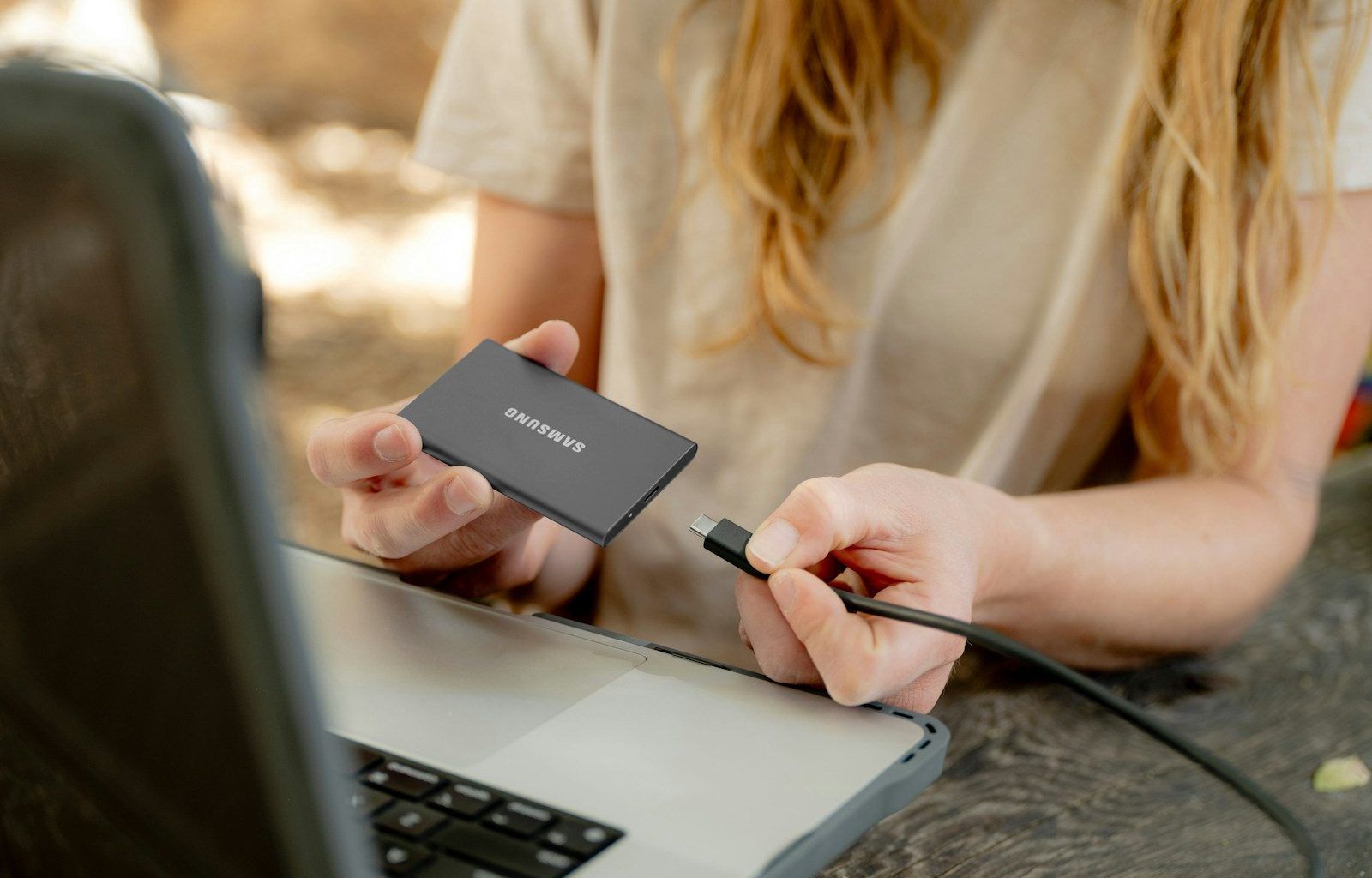How to use logic pro for beginners is one of the most powerful tools for music production, and the best part is, anyone can learn to use it! If you’ve always wanted to create music, but felt overwhelmed by all the technical stuff, you’ve come to the right place. This guide will take you step-by-step through everything you need to know to get started with Logic Pro, even if you’re a total beginner. Let’s dive in!
Getting to Know Logic Pro
Before you start creating your next masterpiece, it’s important to get familiar with the Logic Pro interface. When you first open the program, you’ll see a clean workspace with a variety of tools. Don’t let all the buttons and menus scare you. Logic Pro is designed to be intuitive once you understand the basics.
Start by exploring the main parts of the interface:
- Tracks Area: This is where you’ll record, arrange, and edit your music.
- Library: You’ll find all the instruments and presets here.
- Toolbar: This area houses tools for editing, looping, and zooming.
- Transport Bar: Use this to play, stop, and record your music.
Spend a few minutes clicking around to familiarize yourself with these sections. You’ll feel more confident once you know where everything is.
Setting Up Your First Project
Creating your first project in Logic Pro is easier than you might think. Follow these steps to get started:
- Open Logic Pro and select New Project.
- Choose the type of track you want to create. For beginners, starting with a software instrument track is ideal.
- Pick an instrument from the library. Try something simple like a piano or a drum kit.
- Set your tempo and time signature. Logic Pro offers default settings, but you can adjust them based on the style of music you’re creating.
- Save your project with a clear name, so you can find it later.
See? That wasn’t so bad. You’re already on your way to making music!
Recording Your First Track
Recording music in Logic Pro is straightforward once you’ve set up your project. Here’s how to record your first track:
- Select the track you want to record on.
- Click the Record Enable button (it looks like a small red circle) on the track header.
- Press the big red Record button in the transport bar and start playing your instrument.
- When you’re done, hit the Stop button.
Your recording will appear in the tracks area as a waveform or MIDI notes. Don’t worry if it’s not perfect; you can always edit it later.
Editing Your Music
Editing is where Logic Pro truly shines. It allows you to fine-tune your recordings until they’re just right. Here’s a quick overview of essential editing tools:
- Cut and Trim: Use the scissors tool to cut parts of your recording and the pointer tool to trim them.
- Quantize: This feature helps align your notes to the correct timing. It’s great for fixing small mistakes.
- Looping: Drag the edges of a region to repeat it. This is useful for creating consistent patterns.
- Piano Roll: Double-click on a MIDI region to open the piano roll. Here, you can adjust individual notes, change their pitch, or alter their length.
Adding Effects and Plugins
Effects and plugins can transform your music from good to amazing. Logic Pro comes with a wide variety of built-in effects, such as reverb, delay, and EQ. To add an effect:
- Click on the Mixer icon to open the mixer view.
- Locate the track you want to enhance.
- Choose an effect from the dropdown menu in the insert slot.
Experiment with different effects to find what works best for your music. Don’t be afraid to get creative!
Mixing and Mastering
Mixing and mastering are the final steps in music production. Mixing involves balancing the levels of all your tracks, while mastering ensures your final song sounds polished and professional.
Start by adjusting the volume and panning for each track. Use Logic Pro’s built-in equalizer to tweak the frequencies and make your mix sound clearer. Finally, add a limiter to your master track to prevent distortion.
Tips for Beginners
- Keep It Simple: Don’t try to use every feature at once. Focus on mastering the basics.
- Use Shortcuts: Learn keyboard shortcuts to speed up your workflow. For example, pressing “R” starts recording.
- Save Often: Logic Pro autosaves, but it’s a good habit to save your work regularly.
- Watch Tutorials: There are countless free tutorials online to help you learn specific techniques.
- Practice: The more you use Logic Pro, the more comfortable you’ll become. Try creating a new project every week.
Why Logic Pro is Great for Beginners
how to use logic pro for beginners stands out because it’s beginner-friendly yet packed with advanced features. It’s like having a professional studio at your fingertips. Plus, Apple’s ecosystem ensures everything runs smoothly on a Mac.
If you’re serious about music production, investing time in learning Logic Pro will pay off. Start small, be patient with yourself, and enjoy the journey. Music creation is a skill, and Logic Pro is the perfect tool to help you master it.
Happy creating!
Related Articles:
For further reading, explore these related articles:
- Circles Post Malone Lyrics – A Song About Love, Loss, and Life
- Billie Eilish’s Big Moment at the Oscars 2022: A Night to Remember
For additional resources on music marketing and distribution, visit DMT Records Pvt. Ltd..






